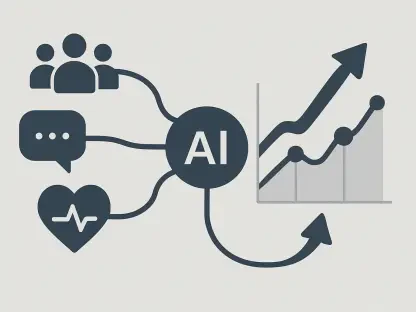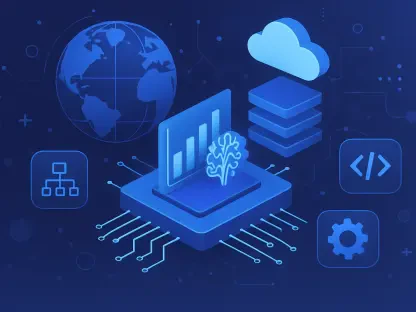The healthcare industry’s evolution is radically pivoting towards a data-driven paradigm, and big data analytics stands at the core of this transformation. Allied Market Research’s comprehensive report zooms into this progressive market, which is all set to grow from $29.7 billion in 2022 to $134.9 billion by 2032. But what is fueling this explosive growth rate of 16.7% CAGR? We explore the intricate interplay of trends, market dynamics, and the technological renaissance shaping the future of healthcare.The revolutionizing impact of big data analytics is not just conjecture—it’s manifesting across various sectors of healthcare. From enhancing patient outcomes to streamlining operational efficiency, data is the new heartbeat of the industry. Yet, the journey of integrating vast datasets into actionable insights is complex and laden with challenges and opportunities.
Growth Drivers of Big Data Analytics in Healthcare
It’s no secret that healthcare is becoming increasingly digitized. The surge in electronic health records (EHRs) alongside the advent of regulatory mandates has created a rich bed for big data analytics to flourish. Moreover, the escalating costs of healthcare services are nudging providers towards innovative solutions to deliver value-based care.The pressing need to manage large volumes of data while maintaining accuracy in treatments and reducing costs drives the unprecedented growth of big data analytics in healthcare. Beyond regulatory compliance, the quest for operational efficiencies and improved patient care models are aligning with digital transformation strategies. As healthcare providers harness predictive analytics, they can address potential health risks proactively and personalize patient care, all while controlling expenditures.
The Layers of Market Segmentation
A market is best understood when sliced into its basic components. Allied Market Research breaks down the big data analytics market using five key segments: components, deployment modes, applications, end users, and regions. Such detailed segmentation provides an insightful lens to view market dynamics.With categories ranging from services to software, and deployment models straddling on-premise to cloud-based solutions, this market segmentation highlights the adaptive nature of the big data analytics sphere. It’s a reflection of the industry’s multifaceted demands—from operations to clinical decision-making and financial management. This granular view of the market also helps stakeholders pinpoint growth areas and anticipate future needs.
Regional Dominance and Potential
North America’s leadership in the global big data analytics market is noteworthy, but the story doesn’t end there. The rise of Asia-Pacific as a powerhouse, due partly to an uptick in AI-integrated healthcare solutions, forecasts a shift in economic gravity.While North America continues to pioneer, the potential for Asia-Pacific to leapfrog into a dominant position is significant. Countries within this region are rapidly adopting next-generation tech solutions to meet growing healthcare demands. Increasing investments in healthcare infrastructure, coupled with rising awareness about the benefits of data analytics in population health management, position Asia-Pacific to experience stellar growth and possibly redefine the global market in the near future.
Cutting Edge Trends and Innovations
Big data analytics isn’t stationary; it’s being continually reshaped by innovations and trends such as real-time data processing and the convergence of AI. One of the most revolutionary is the incorporation of analytics in genomics, propelling forward the promise of personalized medicine.The integration of real-time data analytics is proving indispensable for healthcare operations to manage the inexorable rise in data volumes. Furthermore, the confluence of big data with the Internet of Medical Things (IoMT) is paving the way for advanced patient monitoring systems, heralding an era of data-centric healthcare. Personalized treatment plans are becoming more achievable with the intersection of big data and genomics, although they simultaneously amplify the pressing conversations on data privacy and ethical use.









